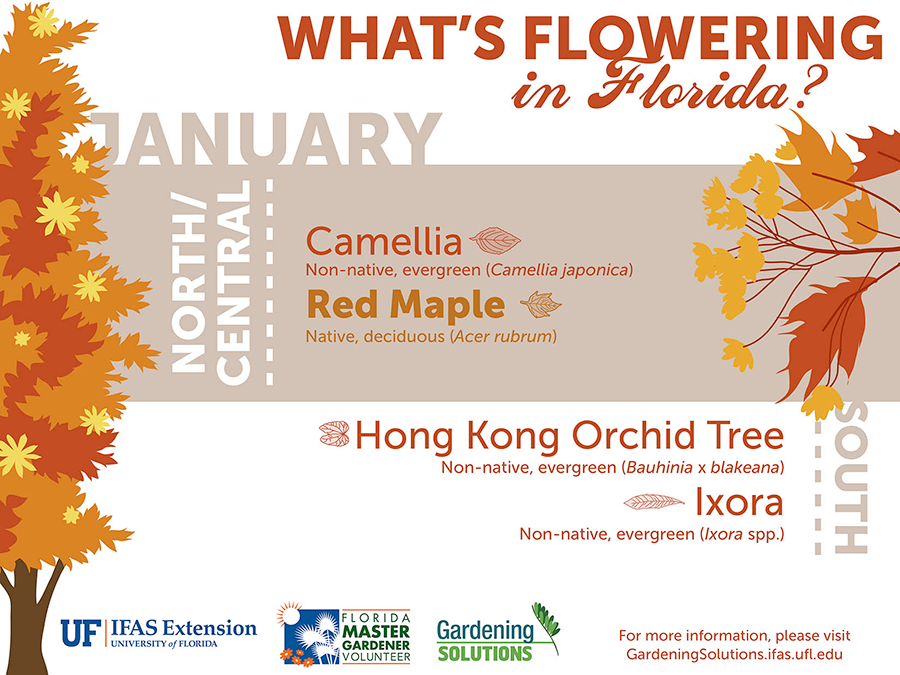Securing Your Landscape: Replanting After Tree Elimination
Securing Your Landscape: Replanting After Tree Elimination
Blog Article
Published By-Breum Cook
Tree removal can leave a gap in your landscape that requires dental filling. You can grow something new in that space, but it takes extra treatment and focus at the beginning to help it thrive.
The dirt because location will certainly maintain transforming over time as microorganisms break down the old origins. That can influence the nutrient equilibrium and physical area for brand-new development.
Dirt
The soil in a story where a tree has actually been gotten rid of is likely to be extremely different from the rest of your yard or backyard. The origins of the old tree and the stump will certainly have transformed the dirt, removing some nutrients and potentially crowding out other plants. On top of that, if the previous tree was diseased, the contagious agent might still remain in the ground.
The visibility of roots cultivates a rich and diverse neighborhood of soil microbes that enhances important procedures like nutrition biking and raw material decay. Without these microbes, the displaced dirt can come to be much less productive and nutrient-depleted, with an unfavorable influence on plant development.
Before replanting, the soil needs to be eliminated of particles and natural material (such as wood chips from stump grinding). You might wish to mix in potting soil or indigenous dirt with this garden compost to provide your new growing with an environment that is well balanced and full of nutrients.
Water
Tree roots absorb huge quantities of water from the soil. This process additionally adds nutrients back to the soil, particularly nitrogen, which is necessary for brand-new trees and plants. However, https://www.live5news.com/2020/01/18/dominion-energy-suspends-plan-cut-trees-sullivans-island/ can be depleted of these crucial minerals as a result of the rotting roots and stump from a removed tree.
This is why it is very important to have a prepare for the future of your landscape. Preferably, the best time to plant is when you have a clean slate.
Whether you're growing yard or flowers, see to it to use a soaker hose pipe to avoid overwatering your new landscaping. If the location was a yard, make sure to cover the dirt with organic mulch to assist maintain moisture in the soil, regulate dirt temperatures and reduce weeds. This likewise provides a layer of defense for young plants and advertises worm activity. Then, on a regular basis restore the compost to continue enhancing the dirt nutrient density and microbial life. This is called dirt restoration.
Light
Trees are a terrific addition to any type of landscape, supplying shade, visual pulchritude, and many other advantages. However, sometimes trees become undesirable as a result of a variety of factors, including disease, pest infestations and all-natural aging.
In such situations, it may be needed to eliminate a tree. It is necessary to take into consideration the value of a specific tree in your landscape design and take the proper steps to guarantee that the elimination is done securely and effectively.
During the late summertime, it's an optimal time to do upkeep and assessments on existing trees. Seek indications of disease, insect infestations, or architectural damage, in addition to any prospective risks such as damaged or leaning trees.
Before starting any kind of building and construction tasks, make sure to secure the origin zones of existing trees by staying clear of soil compaction and rating around them. Organic matter, as it breaks down, can produce noxious gases that are harmful to the roots of a tree. It's likewise a great idea to mulch the location around a tree after building has completed to save dampness and suppress weed growth.
Temperature level
Trees are essential to a landscape for their aesthetic appeal, however they additionally play an essential duty in the neighborhood ecosystem by providing color and windbreaks. They support wild animals environments and reduce the amount of co2 airborne, which can add to international warming. This is why it is suggested to replant trees after getting rid of one from the property.
When replanting a new tree in the area of a previous stump, the soil might not have enough nutrients to sustain it. It is best to await a year prior to planting to guarantee that the dirt will be rich in nutrients.
To ensure that replanted trees flourish, it is essential to offer them with appropriate treatment. A layer of compost will keep dirt dampness from vaporizing, control dirt temperature, and assistance subdue weeds. Organic compost is the preferred choice because it enhances soil fertility. Recurring fertilization and bug control are likewise important for replanted trees.